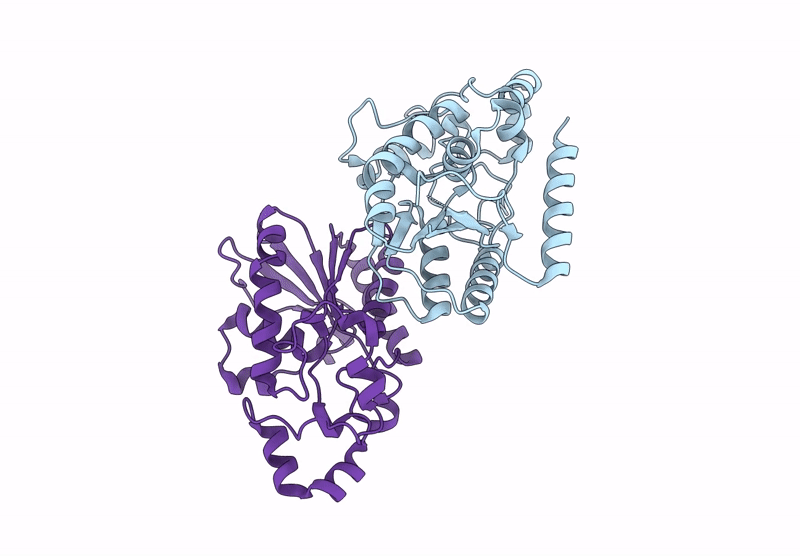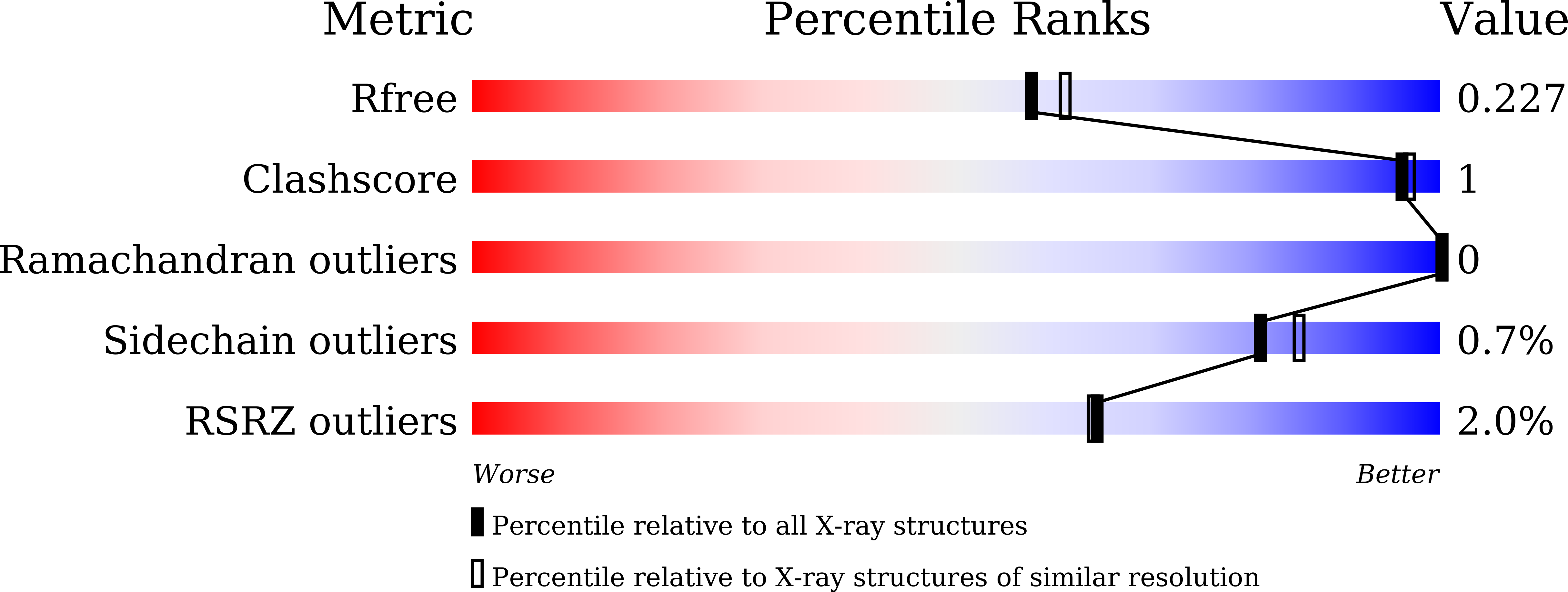
Deposition Date
2025-01-09
Release Date
2025-05-14
Last Version Date
2025-06-25
Entry Detail
PDB ID:
9LG2
Keywords:
Title:
Phosphoglycerate mutase 1 complexed with a covalent inhibitor
Biological Source:
Source Organism:
Homo sapiens (Taxon ID: 9606)
Host Organism:
Method Details:
Experimental Method:
Resolution:
2.02 Å
R-Value Free:
0.22
R-Value Work:
0.18
R-Value Observed:
0.18
Space Group:
P 21 21 21


